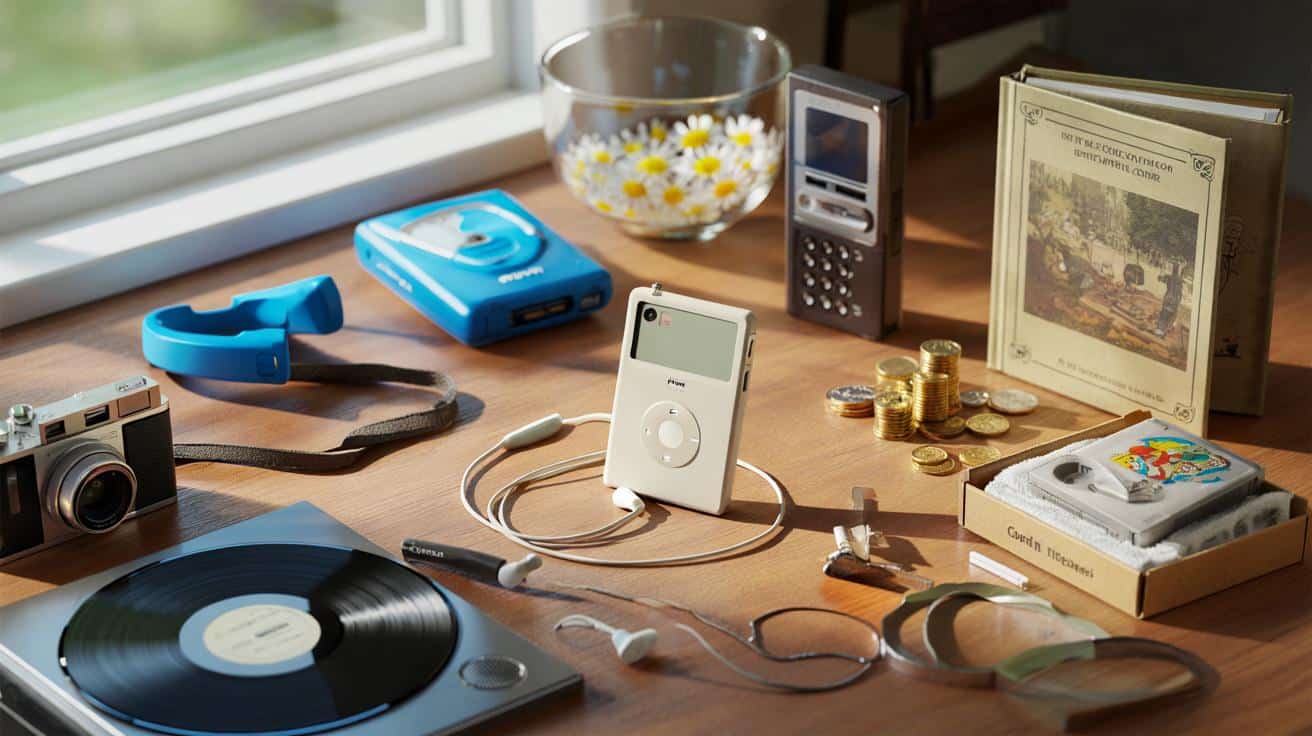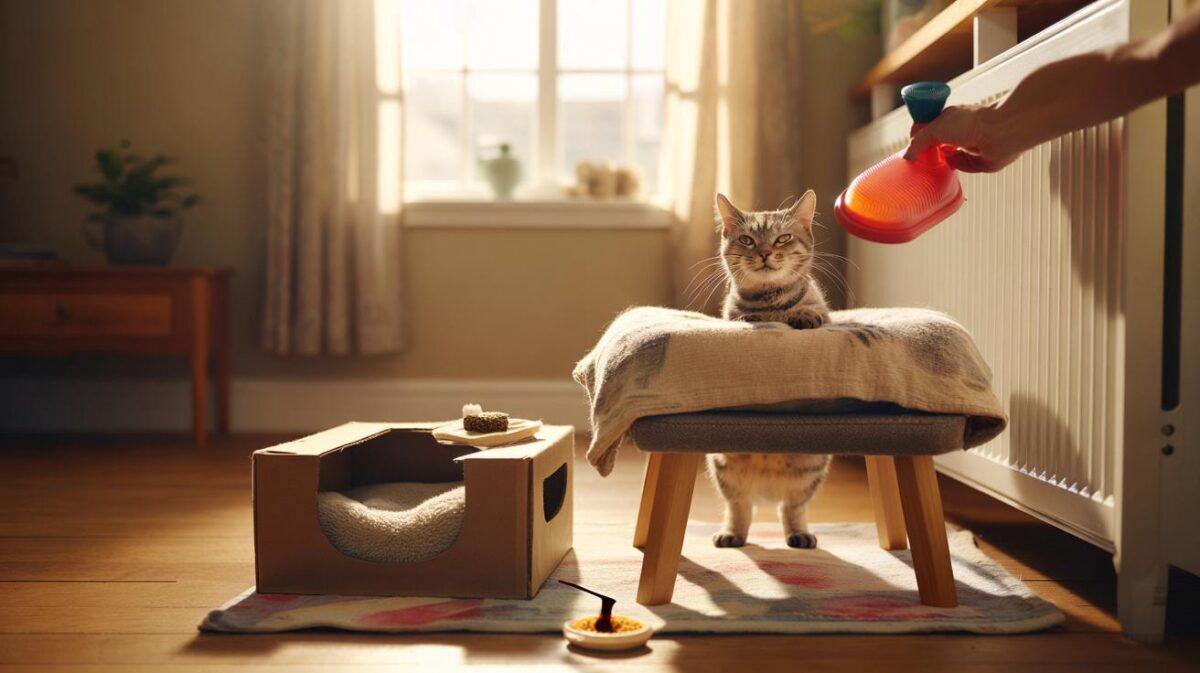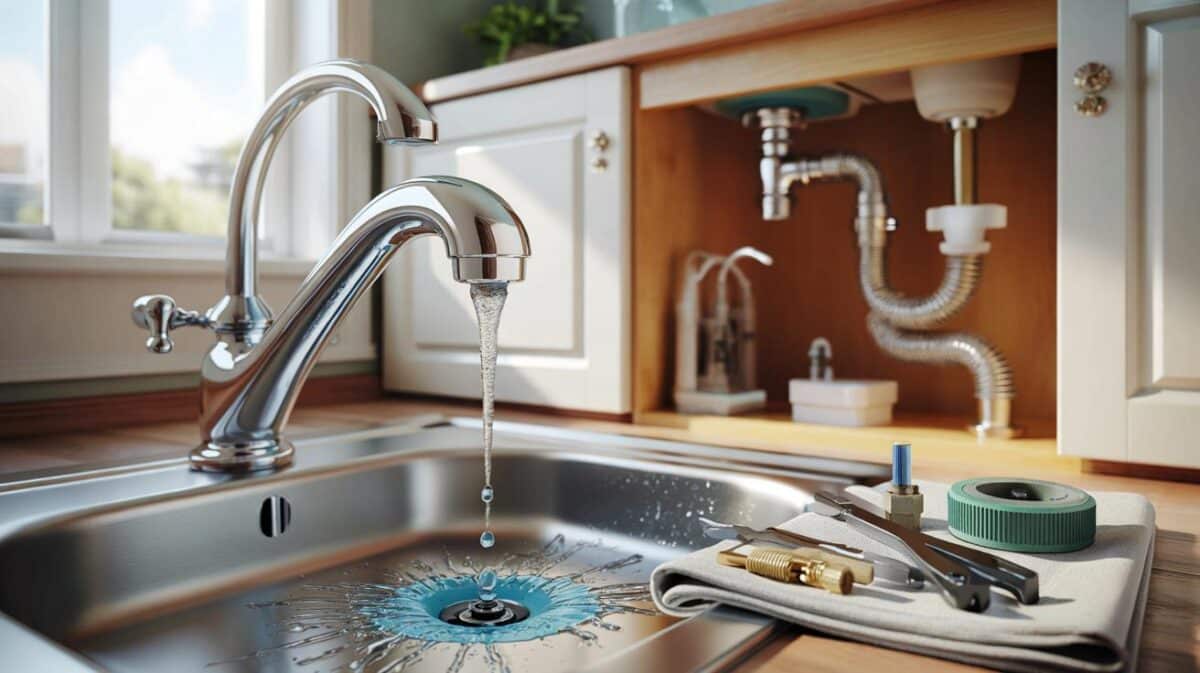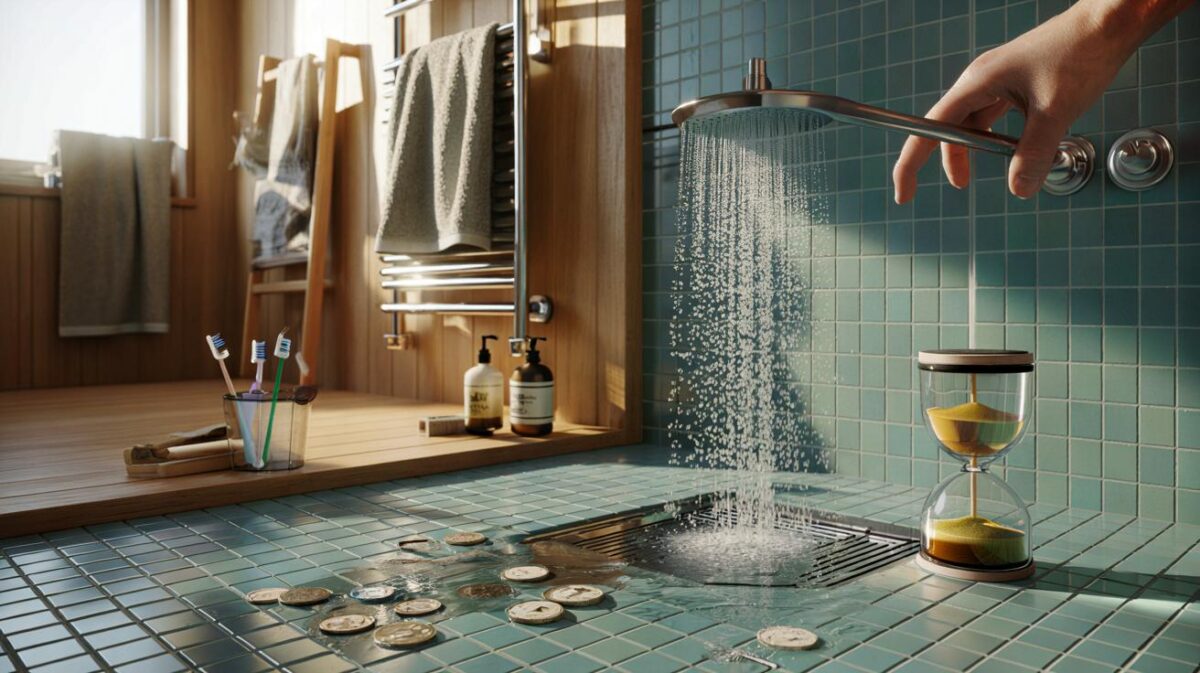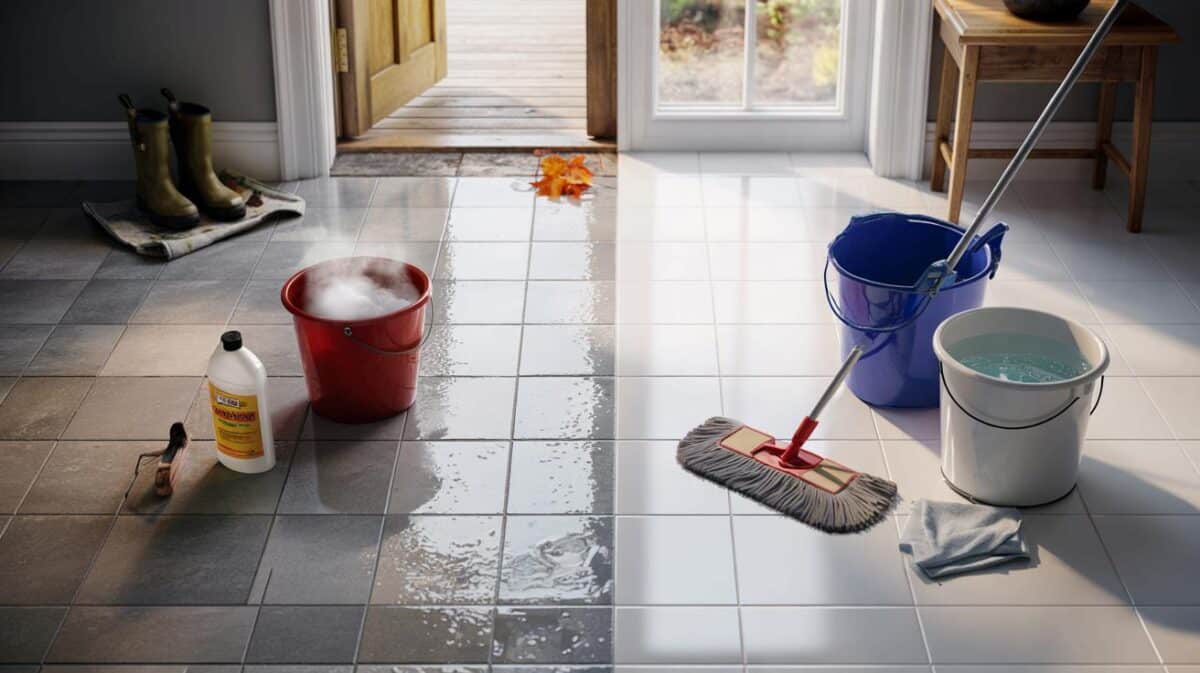Ordinary, a bit dusty, maybe forgotten since the last house move. Yet the world has shifted. What used to be clutter is now culture, and culture is cash. Between nostalgia, short supply and online bidding frenzies, everyday objects have become surprise assets. The thrill isn’t reserved for seasoned collectors anymore. It can start in a loft at 10am with a mug of tea in hand. And it often starts with something you already own.
The air in the charity shop smelt faintly of furniture polish and rain-soaked coats. A young bloke in a football jacket held a scuffed iPod like a relic, whispering to his mate about “sealed ones going mad.” A woman near the books braced a dog-eared hardback, eyes widening as she typed “first edition” into her phone. I watched a retired couple run fingers across a run of vinyl, tracing the fine print in the runout grooves as if reading braille. We’ve all had that moment when an object suddenly feels heavier than it looks. And it might be sitting in your cupboard.
Strange times: when the everyday goes rare
If you want a neat explanation, there isn’t one. The market for “ordinary valuables” moves like weather. One week it’s misprinted 50p coins, the next it’s vintage Pyrex with cheerful daisies. Fashion recycles, supply dwindles, memories gather momentum. What used to be a background prop in your childhood now headlines an auction catalogue. And when a few headline sales pop up, the internet does the rest.
Take children’s books. Most copies were loved to pieces, scribbled in crayon, passed to cousins, finally lost. The ones that survived can punch well above their weight. A true first printing of Harry Potter and the Philosopher’s Stone has been known to reach five figures, even higher in top condition. On a smaller scale, a clean early Point Horror, a Roald Dahl with original jacket, or a classic Enid Blyton with intact dust cover can do more than pay for dinner. Scarcity isn’t always extreme — sometimes it’s just about care.
Retro tech tells another story. The devices that defined an era are ageing into collectables. Early Apple kit, Walkmans with the right model code, Nokia bricks that refuse to die, even film cameras with a satisfying click. Sealed examples sit in a league of their own, yet tidy, working units with boxes command healthy bids. People don’t only want the object — they want the feeling of unboxing a younger version of themselves. That’s why the original accessories, manuals and cables matter. Nostalgia has a spine and it’s made of packaging foam and folded warranty cards.
How to spot a sleeper in your home
Start by scanning for the three quiet multipliers: **condition**, **original packaging**, and **provenance**. Condition means clean, intact, unfaded, uncreased, unchipped. Packaging might be a dust jacket, a cardboard sleeve, a blister pack, a maker’s box. Provenance can be a dated inscription, a shop label, a receipt tucked behind a flap. These details don’t just add value — they tell a story bidders can trust.
Next, play detective with specifics. For books, check the edition page: early printings and first-state dust jackets matter. For records, peer at the matrix numbers and look for low stampers or quirky etchings. For toys, match model numbers to year and confirm the right accessories. For coins, look for design variations and tiny error marks under a lamp. For kitchenware, note the pattern name and backstamp — Hornsea, Denby, Le Creuset, Pyrex patterns can be wildly uneven in demand. Then search sold listings on eBay, not asking prices. That’s where reality lives.
There are traps, and they’re common. Cleaning can go wrong fast — polishing coins, scrubbing patina from brass, or peeling price stickers off dust jackets can erase value in seconds. Let’s be honest: nobody does that every day. Photograph first, breathe, and research before you touch. If you’re unsure, speak to a local auction house or a specialist Facebook group. They’ve seen it all and will often know within a glance where a hidden premium hides. I’ve learned to sit on my hands for five minutes before reaching for the polish.
“Nostalgia markets reward the specific,” an auction specialist told me. “A name on a receipt, a pattern code, a misspelt label — that’s often the bridge between ordinary and outstanding.”
- Look up sold prices, not active listings
- Don’t over-clean; preserve original surfaces
- Match model numbers and accessories carefully
- Photograph flaws honestly, in natural light
- Ask a specialist before you bin a battered box
Real-world examples that might be in your house
Books: Firsts and beloved paperbacks can surprise. A true first of a cult novel is the obvious dream, yet jacketed copies of everyday titles also lift off if the art is original and bright. School prize labels, bookplates from notable shops, and early library stamps can all set a copy apart. Try classic cookbooks, 80s and 90s YA, and early printings of big names before fame hit — that’s where sleepers nap.
Vinyl and cassettes: Pressing matters. Early UK pressings, limited runs, misprints, radio promos — the devil lives in the runout. Keep an eye on rave white labels, Britpop singles with hype stickers, and cassette albums from short-lived indie labels. The plastic boxes might be cracked, yet the right cover variation can carry the lot. If the insert smells like teenage bedrooms and hairspray, you might be onto something.
Retro tech and games: iPods with clickwheels, Sony Walkmans in striking colours, early Game Boy cartridges, boxed DS titles, even spare controllers for discontinued consoles. Working condition is good; boxed and tidy is stronger; sealed is a different planet. Old laptops and cameras can command real money if they mark a shift in design. Don’t forget cables. A tatty charger can be the difference between a pass and a purchase when a buyer wants the full set.
The quick-start method to value your finds
Stage, search, verify. Stage: set your item near a window and photograph front, back, sides, labels, serials. Search: type exact titles, model numbers, pattern names into eBay, then toggle to “Sold items”. Verify: double-check editions, codes, and any quirks against collector forums or brand archives. Three steps, twenty minutes, a clearer picture of where you stand.
Price ranges feel random until you sort by condition and completeness. Make three piles: keeper, seller, unknown. Keeper means sentimental or rising category; seller means clean, complete, demand exists; unknown needs expert eyes. If your gut says “this feels different”, it probably is. The best habit is slow curiosity. You don’t need a loupe and a white glove — you need time, light and a clear table.
Avoid heroic cleaning, lazy guessing, and sticker shock. A bad buff can erase detail; a bad guess can leave money on the table; a shocking price tag online might be a one-off. Ask, compare, sleep on it. A small fee for an auction valuation can save you a pile of regret. And if you decide to list, **provenance** in the description, **condition** in photos, and **original packaging** front and centre make listings sing.
“Collectors pay for certainty,” says a veteran valuer. “Show them what it is, where it came from, and what’s not perfect. Honesty is a premium.”
- Shoot flaws close-up; buyers trust clarity
- Keep boxes, inserts, swing tags and receipts together
- Note exact model codes, matrix numbers, and hallmarks
- Use “sold” filters; ignore wild asking prices
- If in doubt, hold — markets cycle like fashion
Why this matters right now
Locked-down years made many of us rummage. We found ourselves in cupboards and trunks as much as in memories. That turned quiet objects into shared stories, then into searchable markets. When a collective mood shifts, values move with it. And the web doesn’t forget — it archives desire.
There’s also a gentler angle. Buying less and cherishing more fits a world that’s trying to waste less. If an object gains a second life, value piles up in more than pounds. It becomes a conversation, a swap, a Saturday morning at the car boot with coffee breath and muddy trainers. This is not just shopping. It’s a social sport.
So look again at what’s near you. The shelf with the cookbooks, the shoebox of coins, the drawer where old phones go to sulk. Your future windfall might be hiding in plain sight, asking for daylight and a cleaner search term. Trends come and go. Stories stay.
| Point clé | Détail | Intérêt pour le lecteur |
|---|---|---|
| Condition, packaging, provenance | The quiet multipliers that lift price | Focus your time where value lives |
| Research sold listings | Use exact codes and see real outcomes | Avoid hype, set realistic expectations |
| Ask before you clean | Original surfaces often trump sparkle | Prevent accidental value loss |
FAQ :
- How do I tell if a book is a first edition?Check the copyright page for a number line or “First published” statement, then confirm against publisher guides. Compare the dust jacket price and blurbs with known first-state details.
- Are misprinted coins really valuable?Some are. Look for well-documented errors and low mintages; then compare to sold auctions of the same error, not generic listings.
- Should I clean old jewellery before selling?Go gently. A soft brush and mild soapy water is plenty for grime. Avoid harsh polishing that can erase hallmarks or age. When in doubt, a jeweller’s clean is safer.
- Do original boxes matter that much?Yes. Boxes, manuals and inserts can add a large premium, especially for tech, toys and shoes. Keep everything together in zip bags within the box.
- Where should I sell — eBay, marketplace, or auction house?eBay reaches global collectors and shows clear comps; local marketplaces are quick for bulky items; auction houses shine when rarity or uncertainty is high. Pick the route that matches your item’s story.
